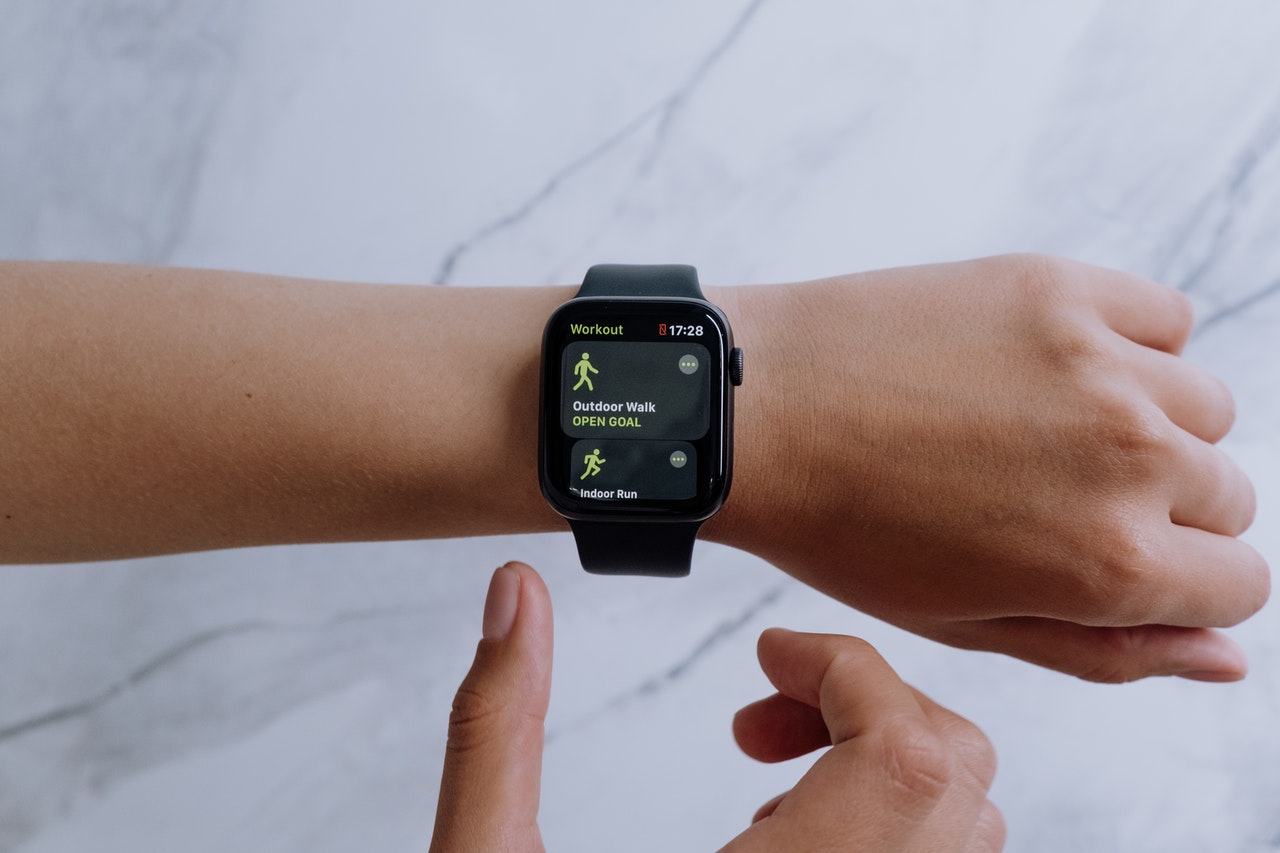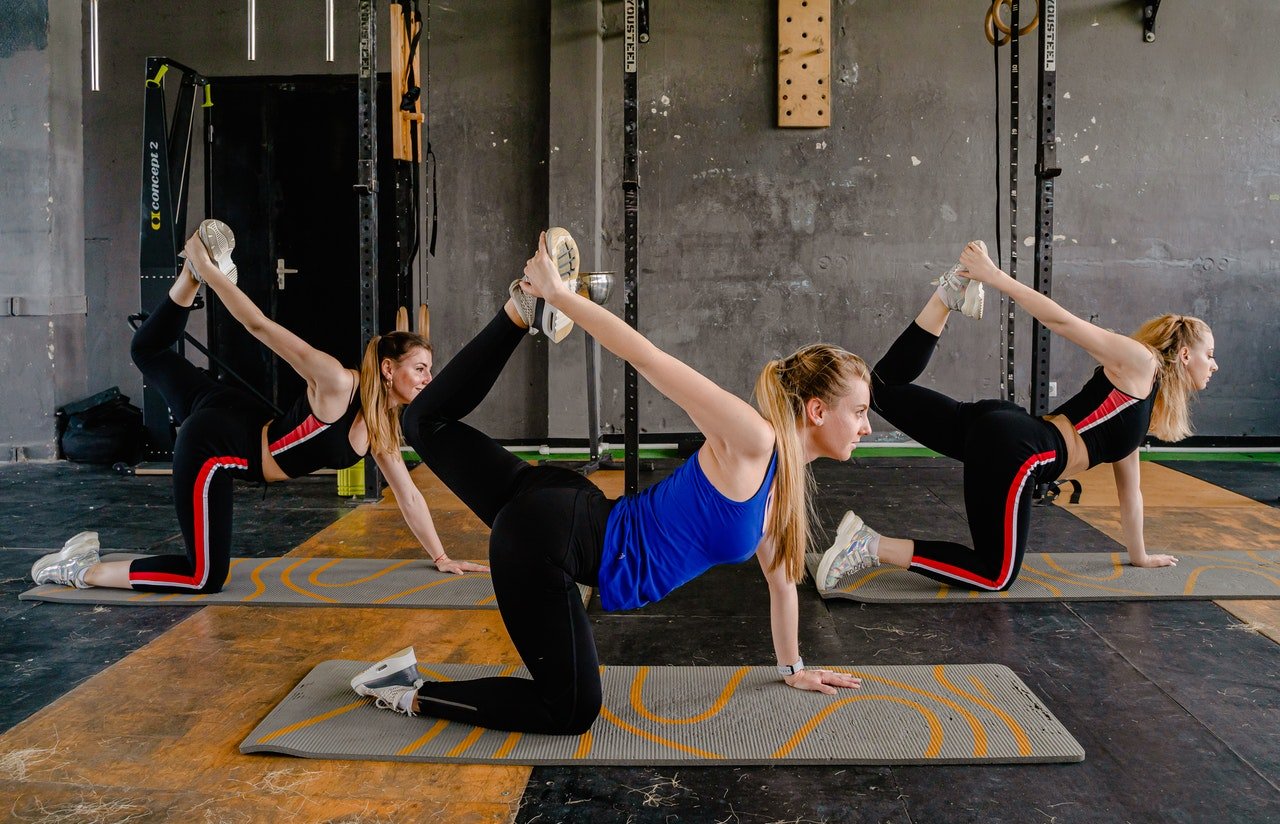Pilates, named for its creator Joseph Pilates, is a method of low-impact exercise that focuses on improving flexibility, core strength, control and endurance throughout the entire body. It also emphasizes the importance of posture and alignment, which is what draws many to this form of exercise.
Athletes and dancers often practice Pilates to help balance other training, while others use it as a method of rehab to recover from injury. And while it was first introduced more than a century ago, Pilates has gained a renewed interest over the past year.
The Pilates resurgence
So, what’s behind the recent surge in popularity?
Well, for starters, the COVID-19 global pandemic redefined the fitness industry and created the need for people all over the world to find new ways to workout that could be done from home and required minimal equipment.
In addition to that, “it seems social media has been the driving force behind the recent resurgence of the low-impact workout” as we have seen more and more celebrities—like the Kardashians, Hailey Bieber, Lara Worthington and Phoebe Tonkin—switching out their high-intensity workout sessions in favor of Pilates workouts, and posting about it all across social media. (body+soul)
It’s no surprise that with celebrity endorsements like that, we’re seeing a major growth in Pilates culture.
Rethinking the ways we workout
Now more than ever, we’re seeing people interested in learning ways to improve full body health and wellness, rather than just focusing on weight loss or muscle gain. And while many used to gauge the value of a workout by its level of intensity, we’re seeing more people start to gravitate toward forms of exercise that focus on improving the mind-body connection while still offering a full body workout.
Practicing Pilates at-home
One of the most attractive attributes of Pilates is its accessibility—it can be practiced at home with few items, or at Pilates studios full of fancy equipment. But don’t let the volume of Pilates equipment available for purchase—like Pilates mats, Pilates rings, balls and reformers—intimidate you. There are several types of Pilates classes and methods out there, so you may want to do a bit of trial and error to figure out the best fit for you before investing too much in equipment.
If you belong to a gym or studio but want to practice Pilates from home, check their website to see if they offer virtual Pilates classes. Or, if you want to get started on your own, the good news is, all you need is a Pilates mat and a clear space to exercise.
Before you start your Pilates journey, it’s a good idea to spend a bit of time learning about the five different types of Pilates workouts to figure out which is the best fit for you.
Types of Pilates workouts
Below is a brief overview of the five main types of Pilates exercises and the differences between them:
- Classical Pilates: Based on the original form first introduced in the 1920s, classical Pilates is one of the most complex methods of Pilates and combines both apparatus and mat exercises. It exercises muscles throughout your full body to help strengthen them and your core. Because of its difficulty and the equipment required, this type of Pilates routine is best taught by trained Pilates instructors.
- Mat Pilates: Mat Pilates is considered the beginners level Pilates exercise, and is therefore also the most widely practiced. As the name suggests—all you need for this type of Pilates exercise is a Pilates mat and floor space. It’s great for getting started and for home workouts.
- Reformer Pilates: Named for the type of equipment it uses, Reformer Pilates is the second level of Mat Pilates and utilizes a flat, sliding platform with an adjustable resistance bar. While some of the exercises are similar to Mat Pilates, the mechanics differ as they’re meant to be done while sliding back and forth. This is considered an advanced form of Pilates and should be practiced under the supervision of trained Pilates instructors.
- Contemporary Pilates: Contemporary Pilates is a combination of Classical Pilates, physiotherapy and some modern variations. What differentiates this from the other forms is that there is no specified set of exercises; instead, exercises are customized and the moves are modified according to individual needs.
- Clinical Pilates: Similar to Contemporary Pilates, Clinical Pilates is tailored to the needs of the person. This form utilizes different props and exercise equipment, and is generally intended to help stabilize muscles and relieve lower back pain. It also requires a physiotherapy assessment to determine functional diagnoses and chart directional preferences.
Getting started
If you’ve decided you want to give Pilates a try, get your at-home space set up and ready to go. It’s recommended you find an area with plenty of room to move around, and ideally in a place with good lighting. You’ll also need to decide if you prefer to try a live or pre-recorded class. Live classes taught over Zoom are particularly helpful for beginners as they provide the Pilates instructors the ability to see you and help you adjust your form.
For more health and fitness-related insights, click here to read our other blogs.
























